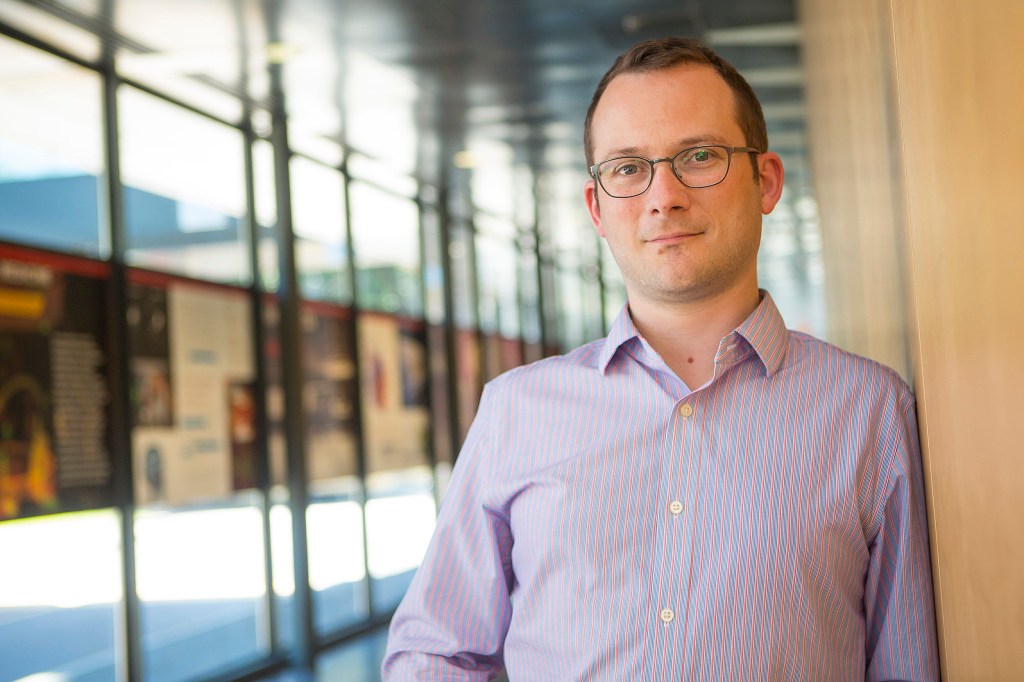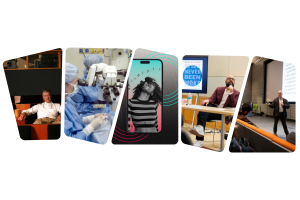Science & Tech
-

Why new qubit may give ultrafast quantum computing a boost
Microsoft discovery appears to be more stable, robust option
-

When the woods are your climate change lab
For these researchers, Harvard Forest is a labor of love, and that love is changing
-

Exploring superconducting electrons in twisted graphene
Could up the game of lossless power transmission, levitating trains, quantum computing, even energy-efficient detectors for space exploration

-
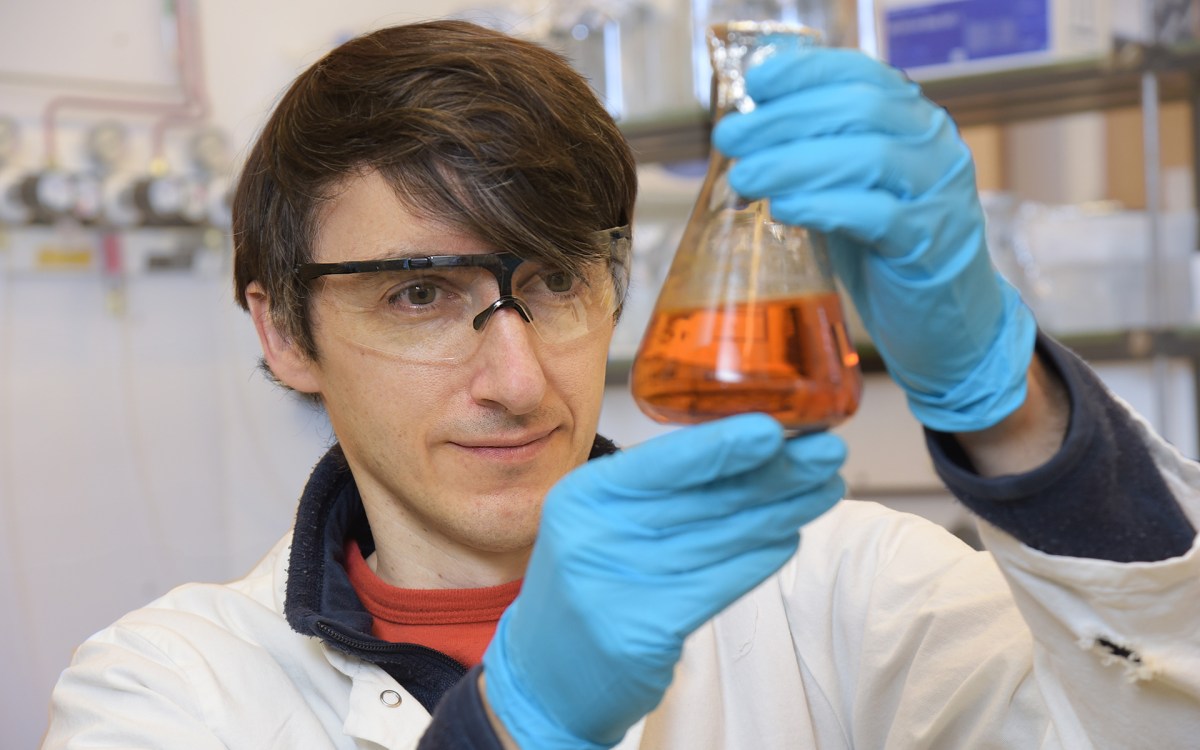
Hinting at answer to a chicken-or-egg question on evolution
Accidental find may help scientists resolve which evolved first: ability to produce oxygen by photosynthesis or consume it by aerobic metabolism

-
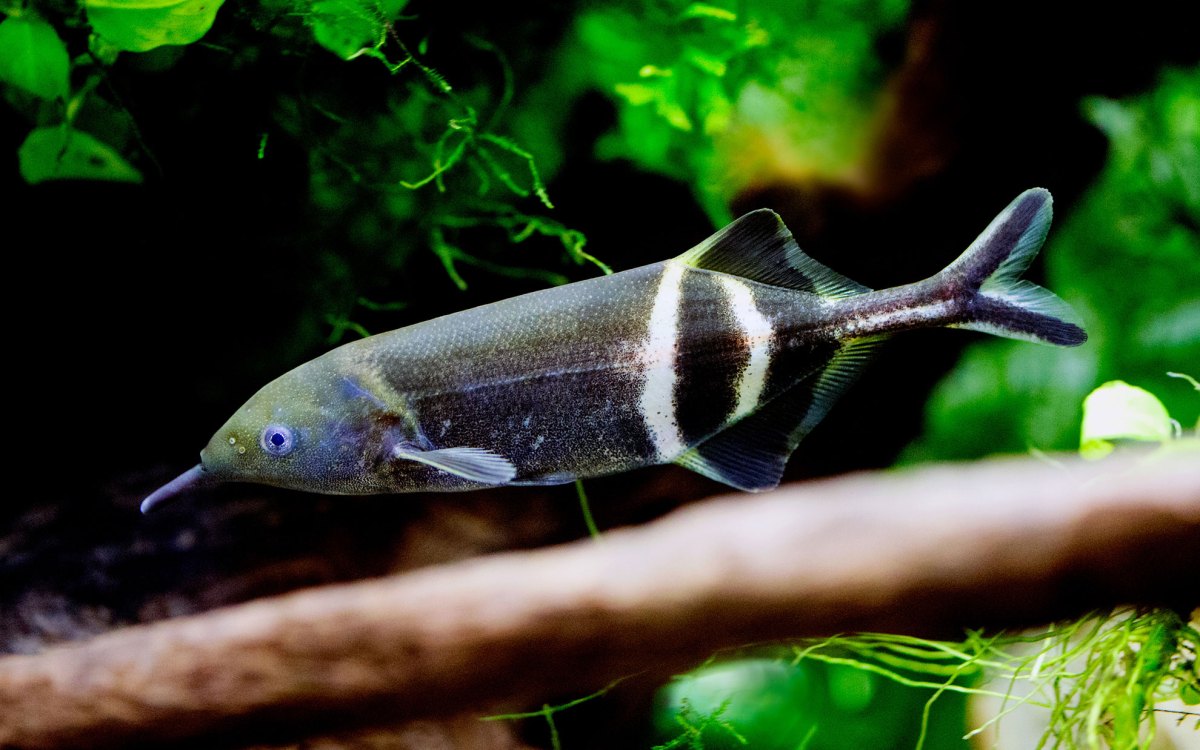
What electric fish can teach scientists about NeuroAI
Modeling their behaviors may help in development of new AI systems
-
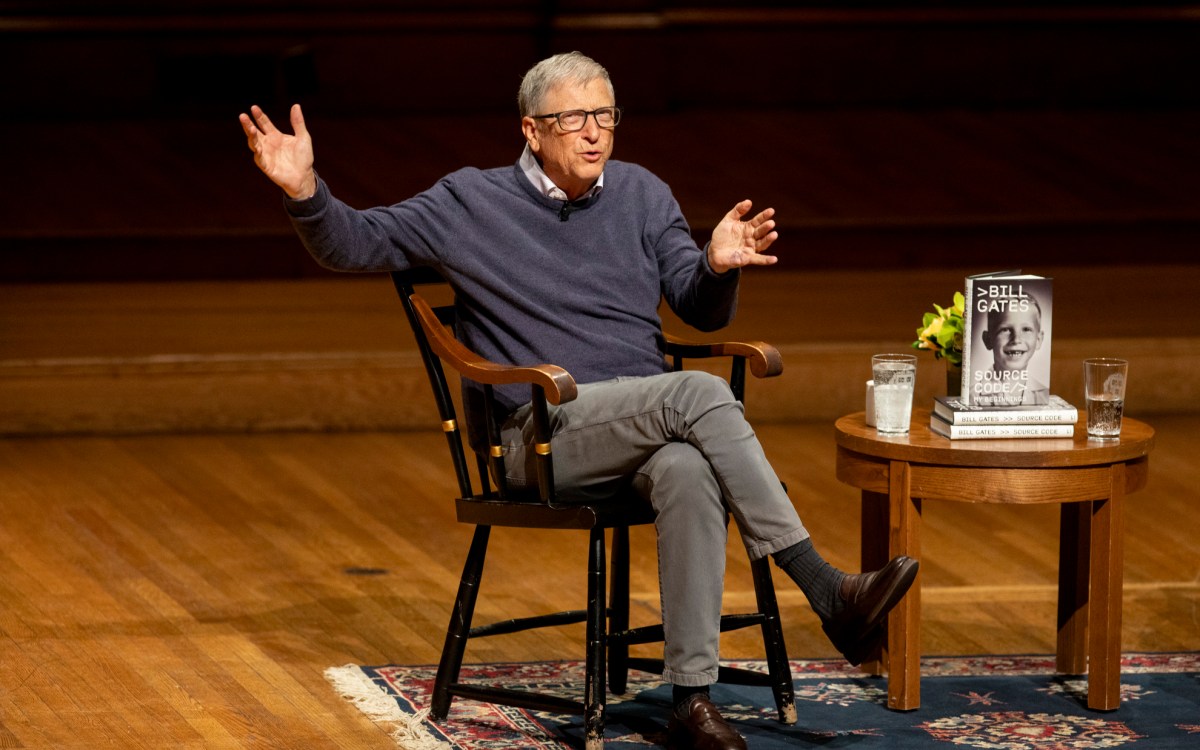
Even Bill Gates thinks AI is a little scary
Tech pioneer visits campus with his new memoir to discuss beauty of math, dropping out of College, founding Microsoft, value of curiosity
-
Uncovering how cells become organs
Tiny sensors are embedded into stretchable, integrated mesh that grows with the developing tissue, allowing scientists to track how cells grow into organs.
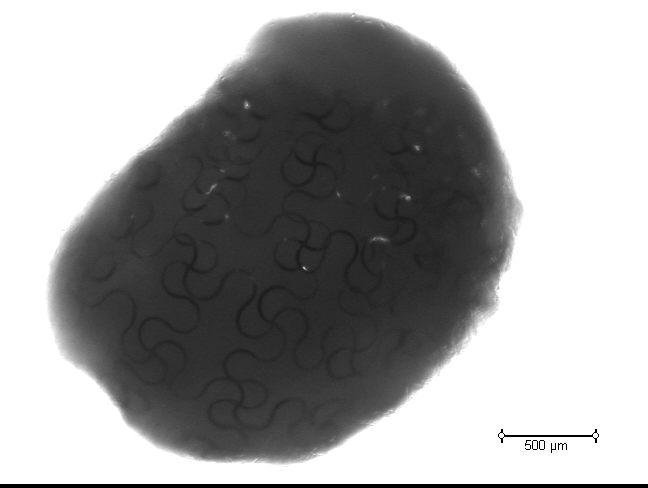
-
A red oak live tweets climate change
Tree in Harvard Forest outfitted with sensors, cameras, and other digital equipment sends out on-the-ground coverage.

-
Predicting the strength of earthquakes
Scientists will be able to predict earthquake magnitudes earlier thanks to new research by Marine Denolle, assistant professor in the Department of Earth and Planetary Sciences at Harvard.
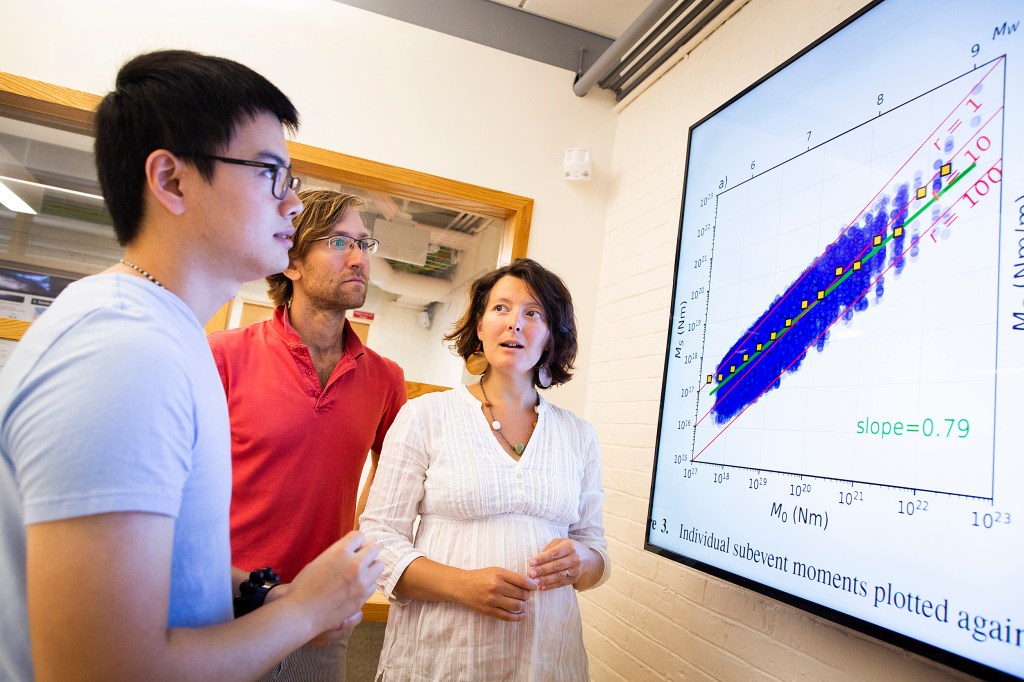
-
Mercury levels in fish are on the rise
A new study concludes that while the regulation of mercury emissions have successfully reduced methylmercury levels in fish, spiking temperatures are driving those levels back up and will play a major role in the methylmercury levels of marine life in the future.
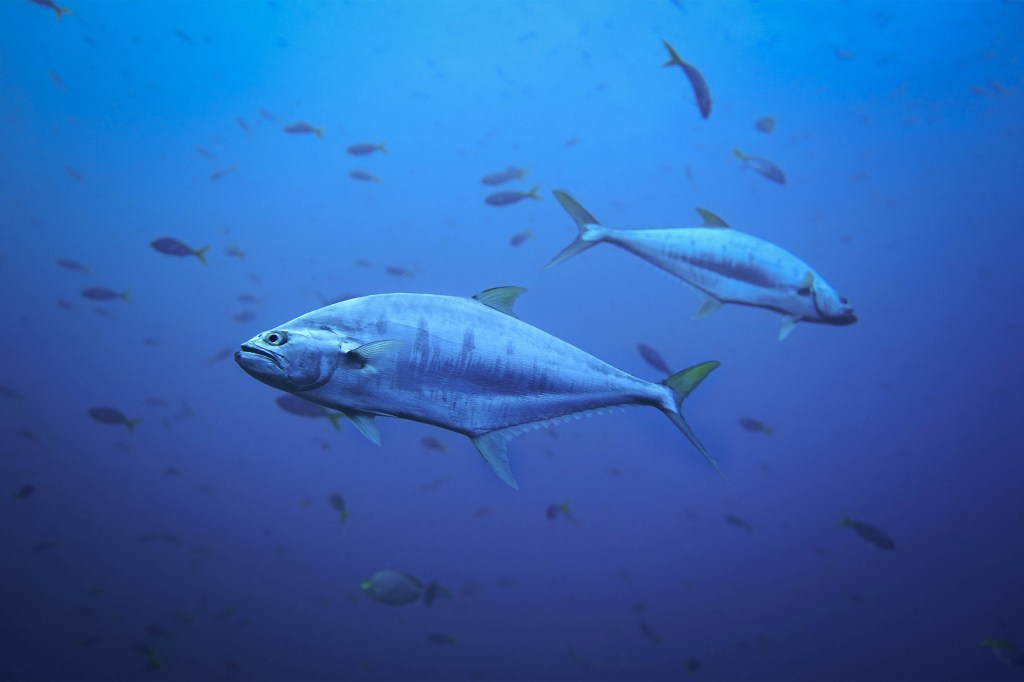
-
Giving teachers a DNA refresher
Mansi Srivastava’s lab worked with middle school teachers in an education workshop on DNA and evolution.

-
The Mesoamerican attraction to magnetism
Led by Assistant Professor of Earth and Planetary Sciences Roger Fu, a team of researchers has shown that the makers of ancient Mesoamerican statues found in Guatemala intentionally carved the figures to place the magnetic areas over the navel or right temple — suggesting not only that they were familiar with the concept of magnetism, but had some way of detecting the magnetic anomalies.

-
Electrifying insights into how bodies form
A researcher is reviving the study of bioelectricity to learn how cells communicate with each other to form tissues and organs, and how harnessing those signals could one day lead to truly regenerative medicine, in which amputees could simply regrow limbs.
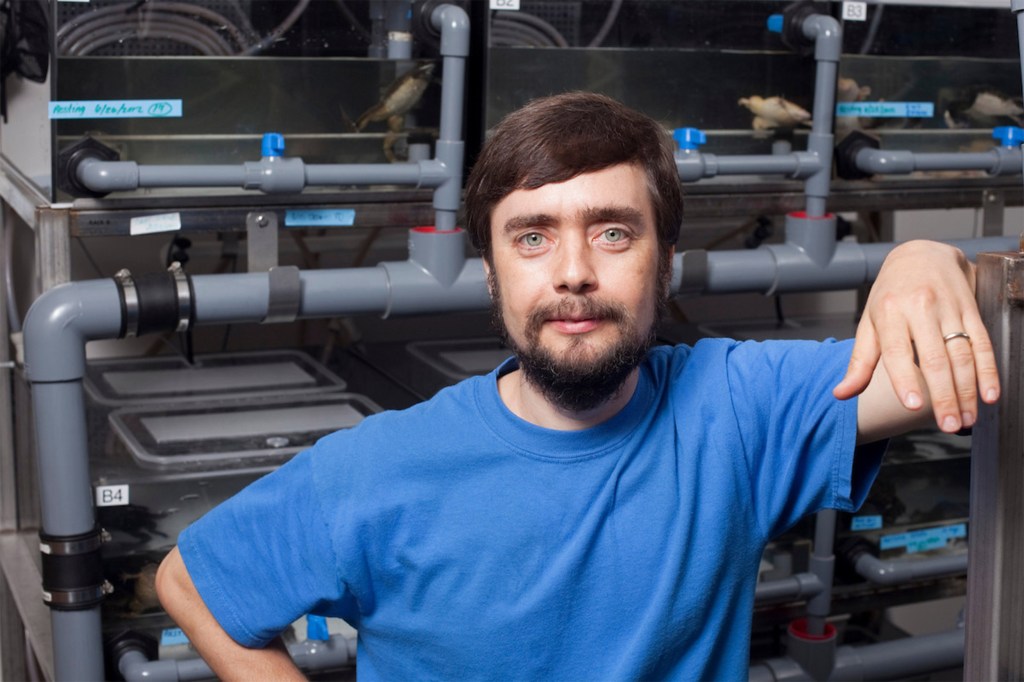
-
Visual forensics that can detect fake text
Researchers at the SEAS and IBM Research developed a better way to help people detect AI-generated text.
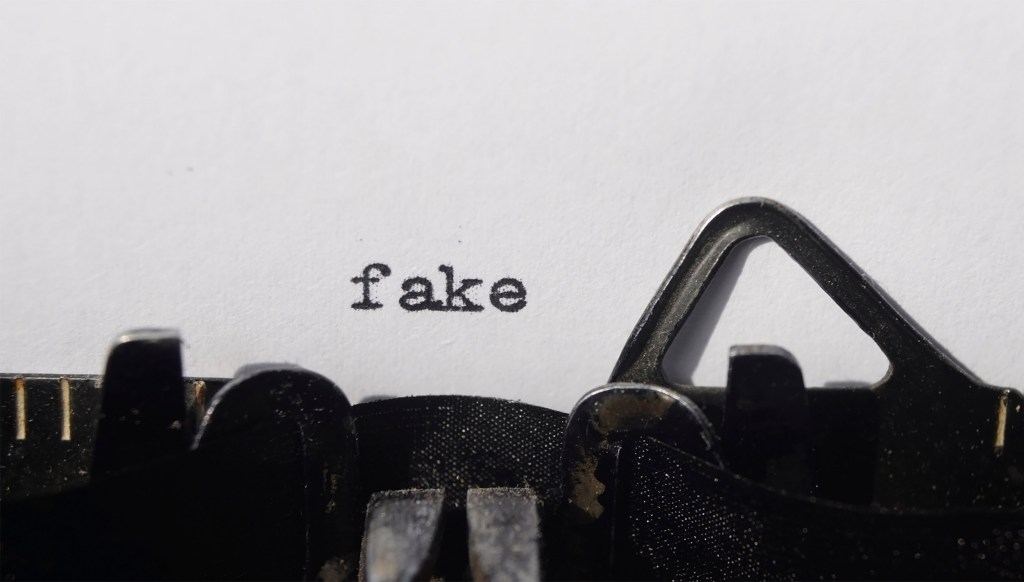
-
Using body heat to speed healing
To speeding up wound healing, researchers have developed active adhesive dressings based on heat-responsive hydrogels that are mechanically active, stretchy, tough, highly adhesive, and antimicrobial.
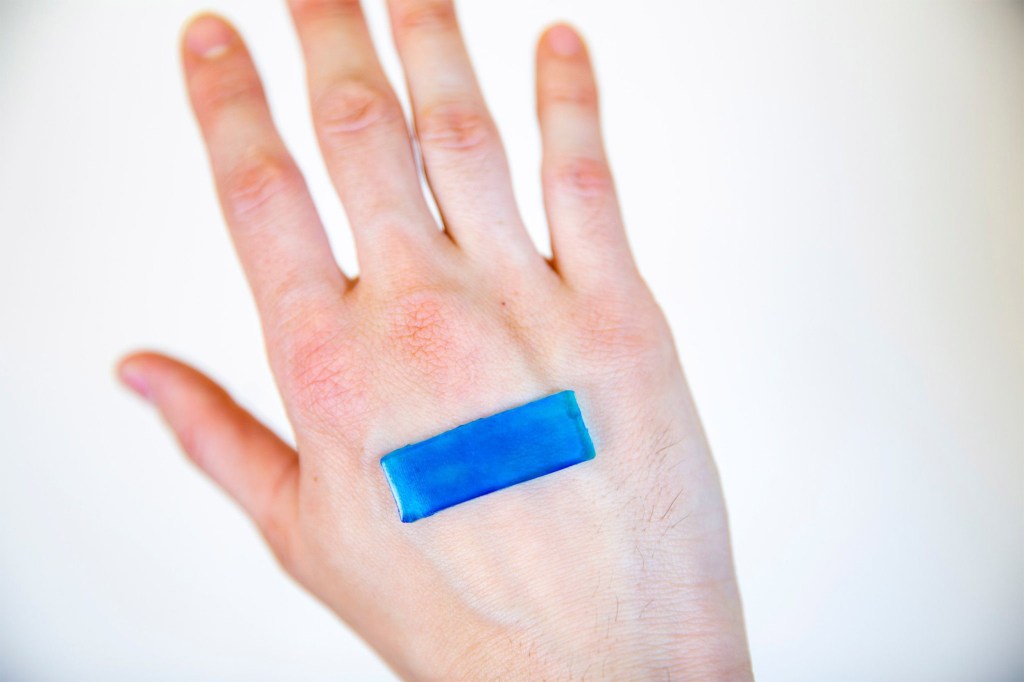
-
A new spin on an old question
Understanding how DNA and proteins interact — or fail to — could help answer fundamental biological questions about human health and disease.
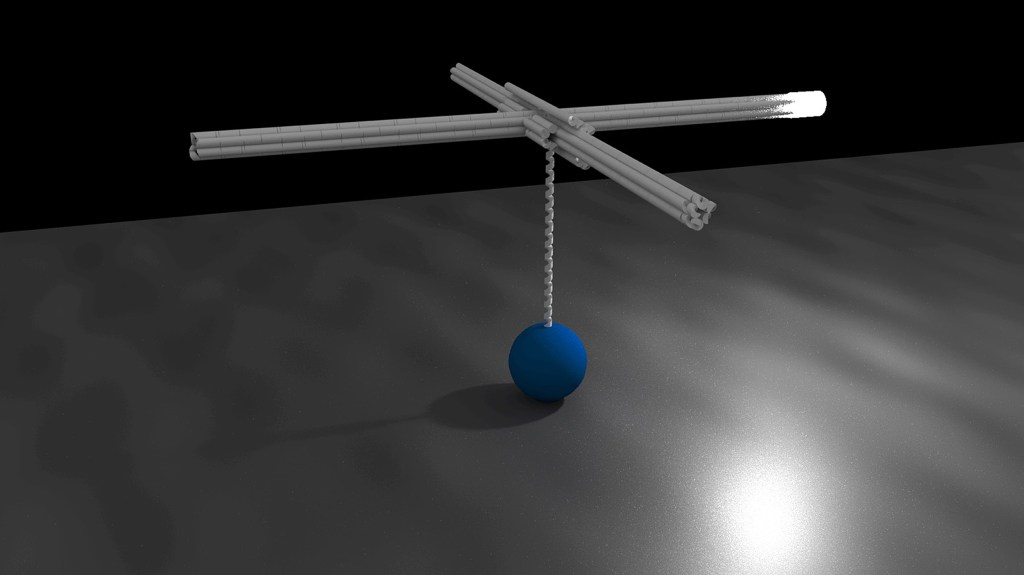
-
A way to make Mars habitable
Researchers from Harvard University, NASA’s Jet Propulsion Lab, and the University of Edinburgh suggest that regions of the Martian surface could be made habitable with a material — silica aerogel — that would mimic Earth’s atmospheric greenhouse effect.
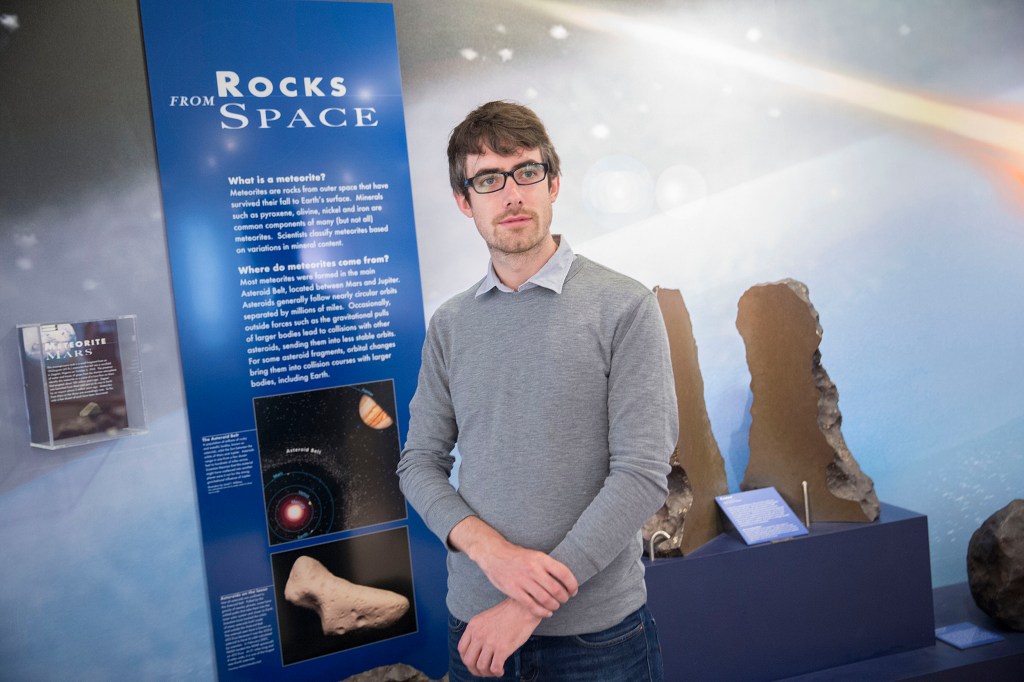
-
Harvard reflects on Apollo 11 and Neil Armstrong’s moon walk
A trio of Harvard astronomers reflect on the impact of Neil Armstrong’s first steps on the moon, then and now.

-
Beneath the surface
New study debunks long-held theory that dolphins had ridged skin, which helped them swim faster.
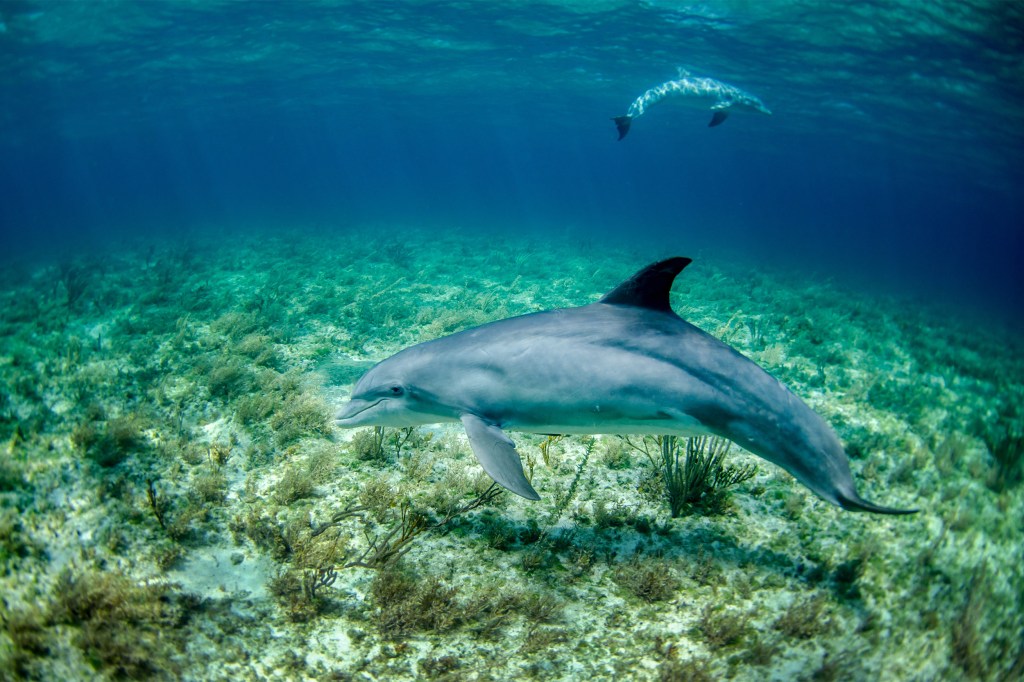
-
Solving a statistical nightmare
Researchers have discovered why the North Atlantic and Northeast Pacific appeared to warm twice as much as the global average, while the Northwest Pacific cooled over several decades.

-
Are we alone in the universe?
Harvard astronomer Laura Kreidberg studies the atmospheres of extrasolar planets to search for signs of life.
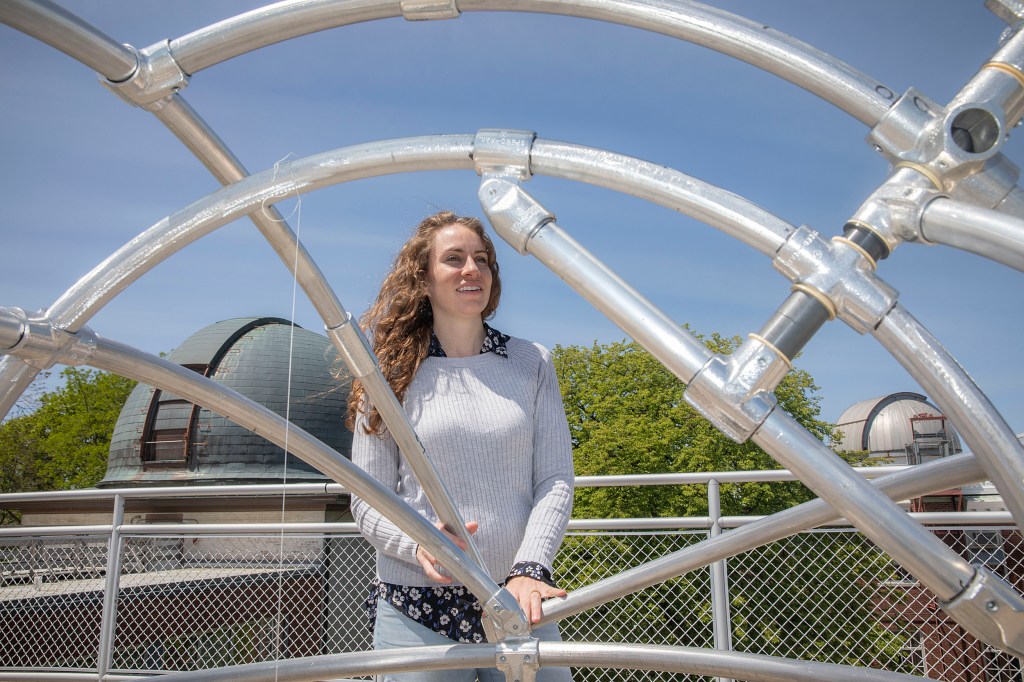
-
Plague genomes show extent, diversity of massive Roman-era pandemic
New research from an interdisciplinary team of researchers shows an early plague pandemic reached post-Roman Britain and had unexpected genetic diversity.

-
A product idea with legs
Dakota McCoy, in collaboration with David Haig, led a group of researchers at Harvard studying the black spider and its ultrablack coat with microlenses that could lead to innovations in solar panels and sunglasses glare.

-
Spreading seeds of life
Scientists at the Institute for Theory and Computation have made a comprehensive calculation suggesting that panspermia could happen, and have found that as many as 10 trillion asteroid-sized objects might exist that carry life.
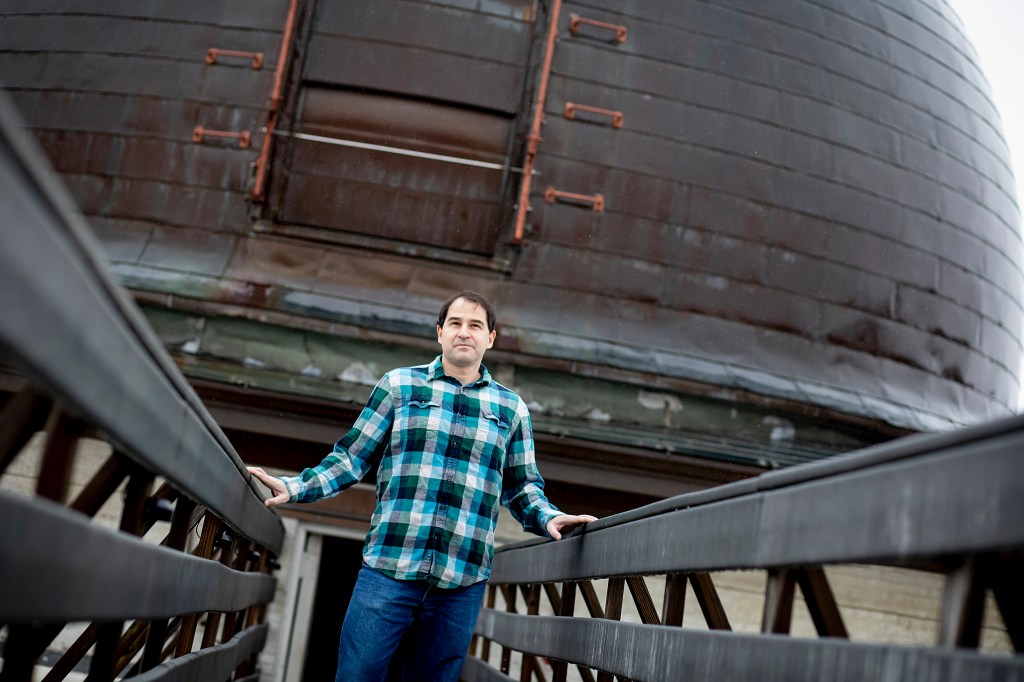
-
Soft robots for all
The first soft ring oscillator gets plushy robots to roll, undulate, sort, meter liquids, and swallow.

-
Polarizing apposite
A portable, miniature camera that can image polarization in a single shot has potential applications in machine vision, autonomous vehicles, security, atmospheric chemistry, and more.
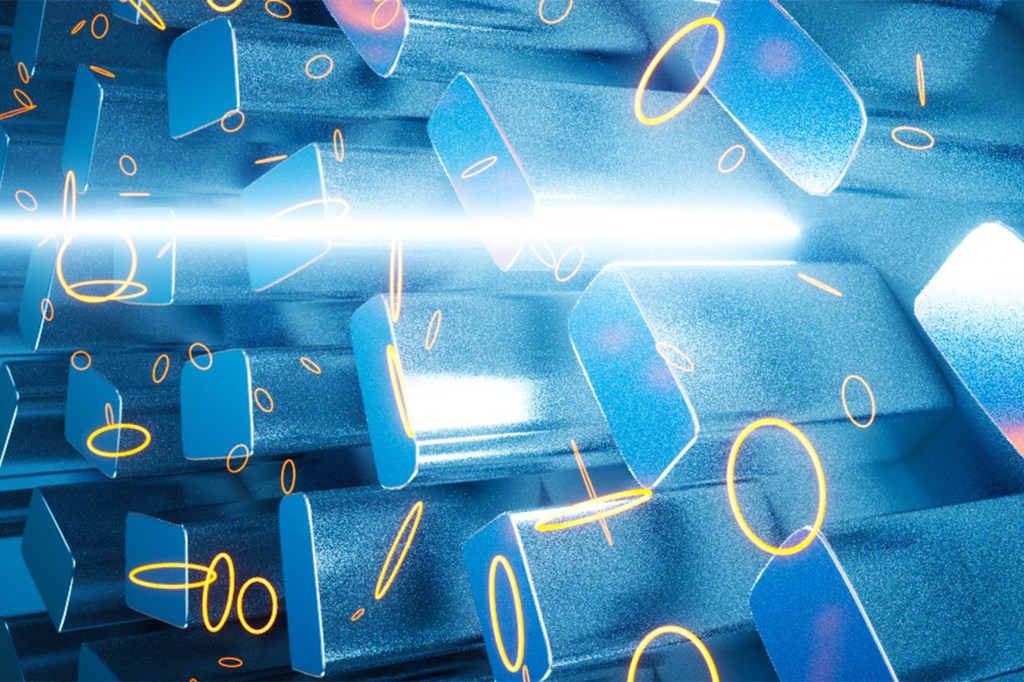
-
So you think he can dance?
Snowball the dancing cockatoo is the subject of a study by Radcliffe fellow and Tufts neuroscientist Ani Patel, who suggests the bird’s ability to move in time to music is connected to the way humans groove to a beat.
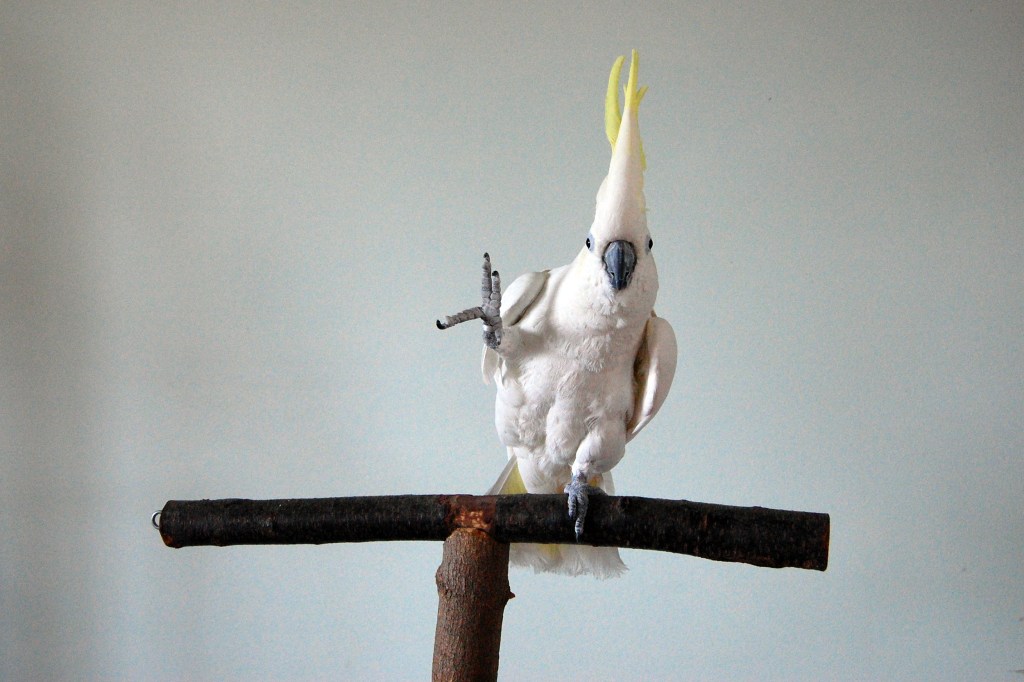
-
Single letter speaks volumes
Scientists have used an optimized version of the CRISPR-Cas9 gene-editing system to prevent hearing loss in so-called Beethoven mice, which carry a genetic mutation that causes profound hearing loss in humans and mice alike.

-
Combing out a tangled problem
A new technique speeds creation of nanowire devices, boosting research into what’s happening inside cells.
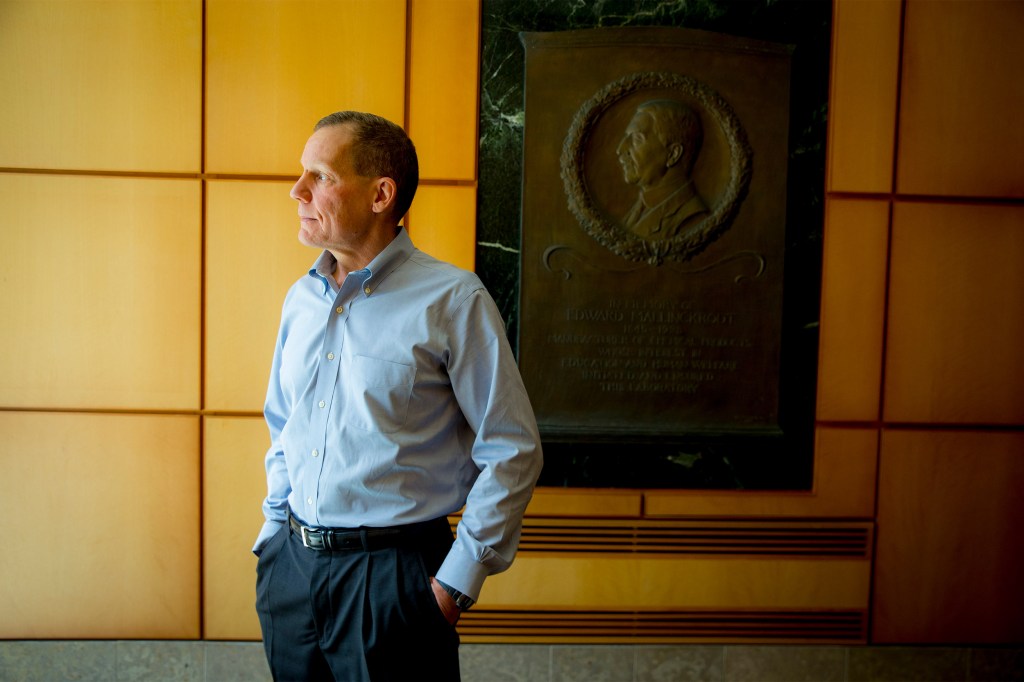
-
Oceans away
A new NASA-funded program will study water worlds and environments to understand the limits of life as part of the search for life on other planets.
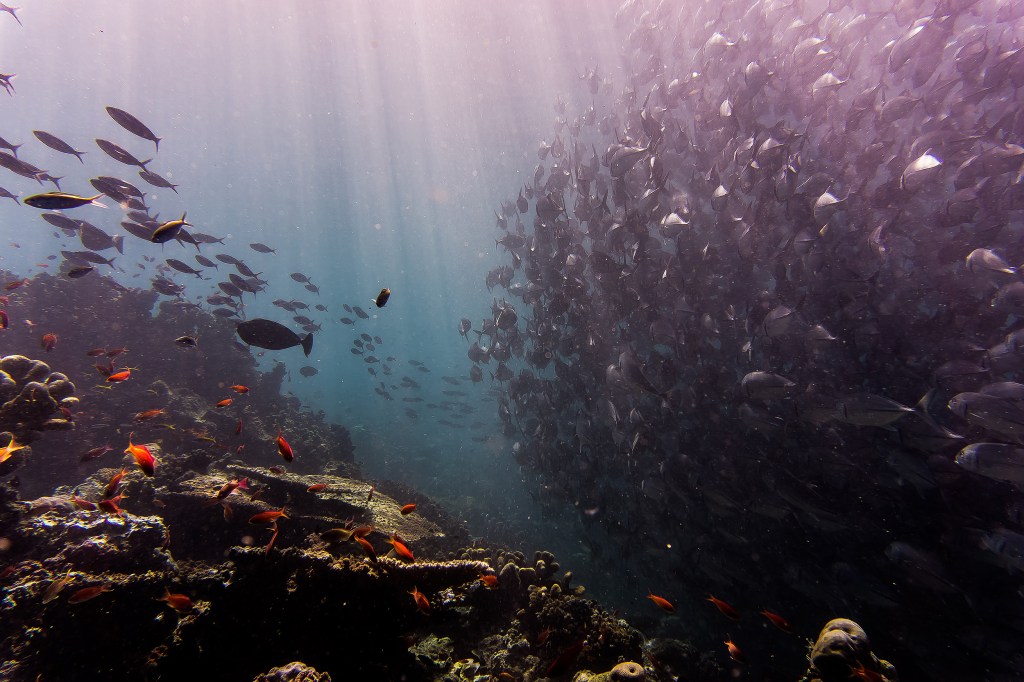
-
Speeding up single-cell genomics research
Harvard researchers have devised a time-saving method that makes it possible to speed up the process of profiling gene regulation in tens of thousands of individual human cells in a single day, a development that promises to boost genomics research.
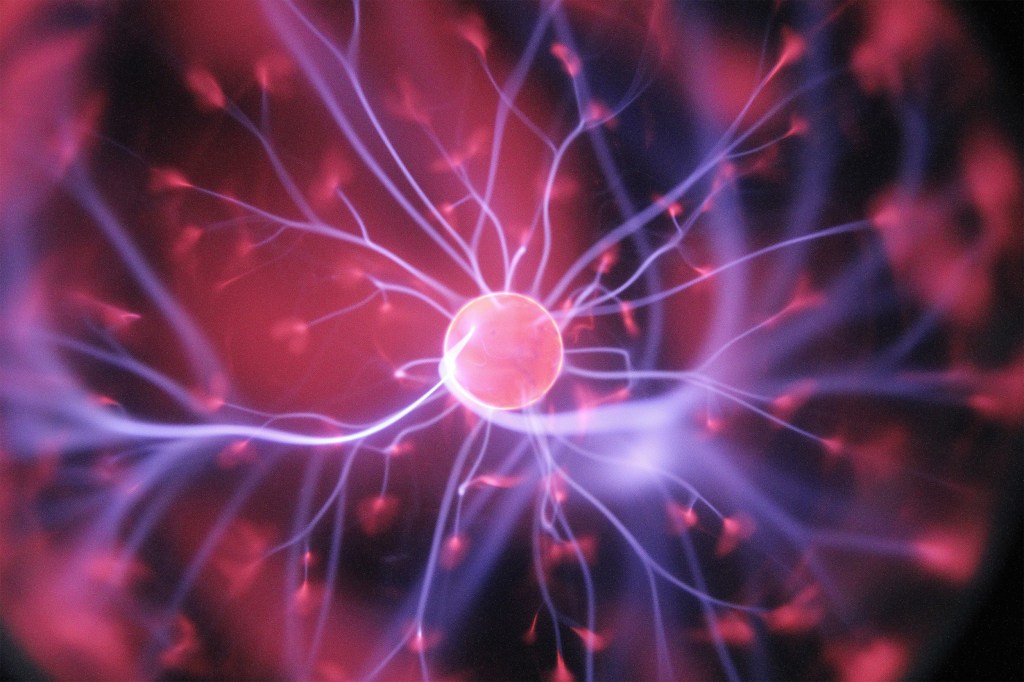
-
The RoboBee flies solo
Several decades in the making, the Harvard Microbiotics Lab’s RoboBee made its first solo flight.

-
Leave those calluses alone
A running-studies pioneer takes a look at walking, with and without shoes, and gives calluses a thumbs-up.

-
Blood-brain barrier chip performs human-like drug and antibody transport
Wyss Institute scientists have developed chip technology that mimics the blood-brain barrier in humans. The new models will help researchers study drugs to treat cancer, neurodegeneration, and other diseases of the central nervous system.
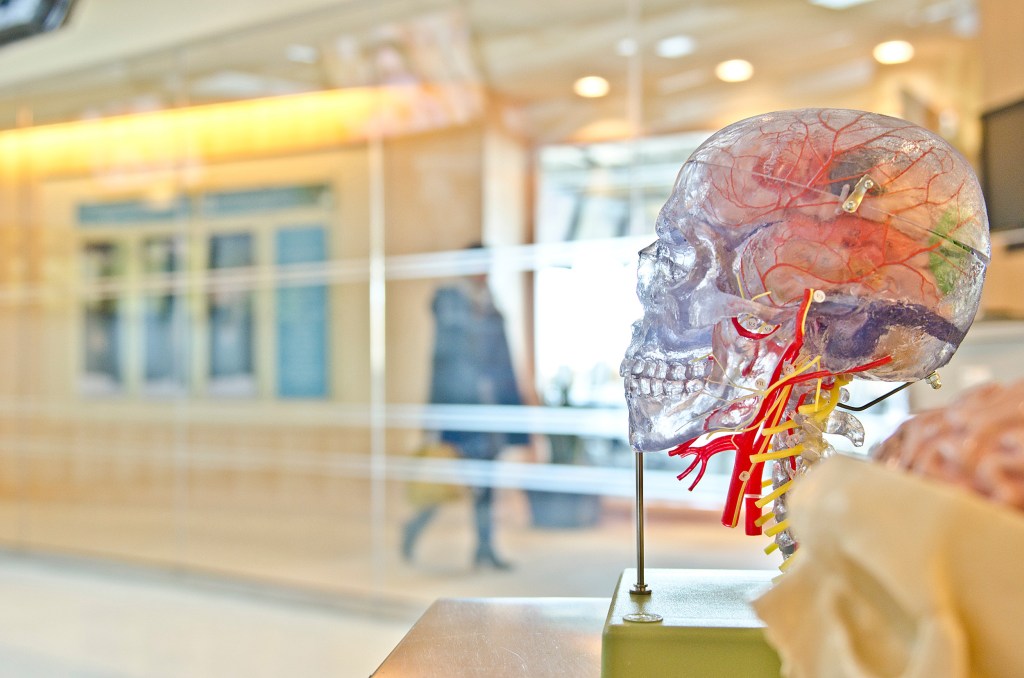
-
The little robot that could
The iRobot Corp. announced its acquisition of Root Robotics, Inc., whose educational Root coding robot got its start as a summer research project at the Wyss Institute for Biologically Inspired Engineering at Harvard University in 2011
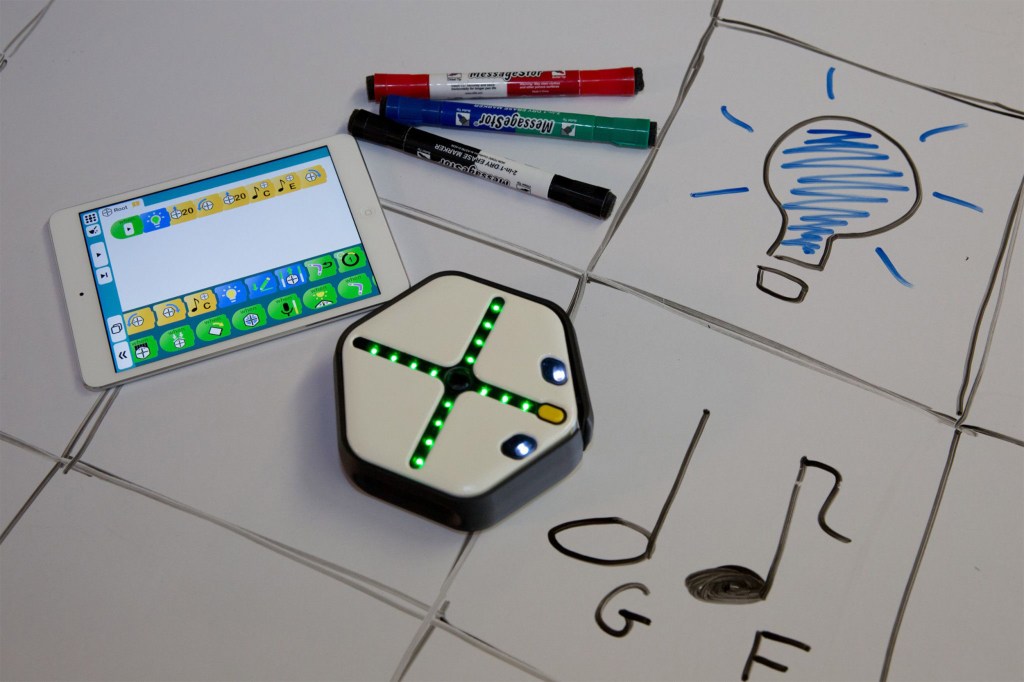
-
The science of the artificial
Researchers propose a new field of study — “machine behavior” — to look at artificial intelligence through the lens of biology, economics, psychology, and other behavioral and social sciences.
